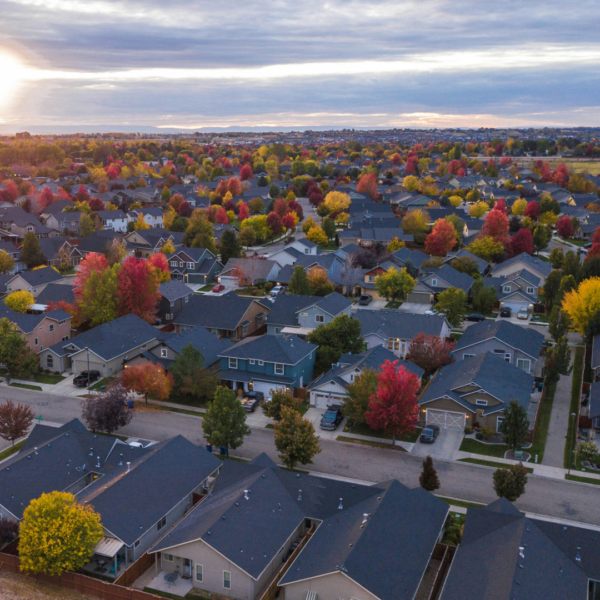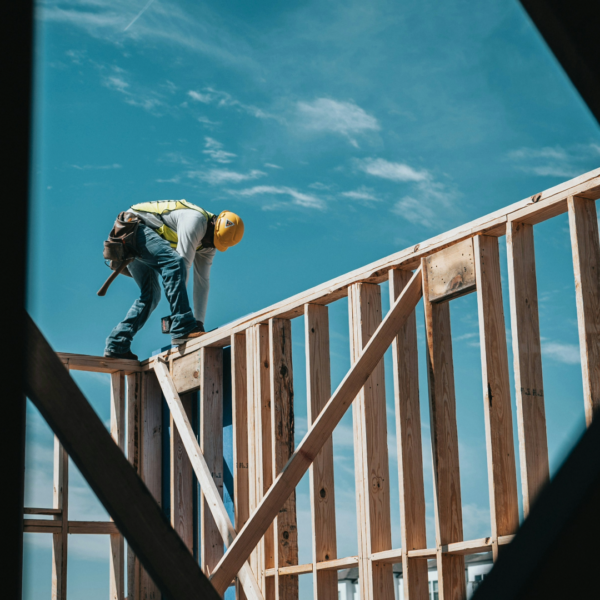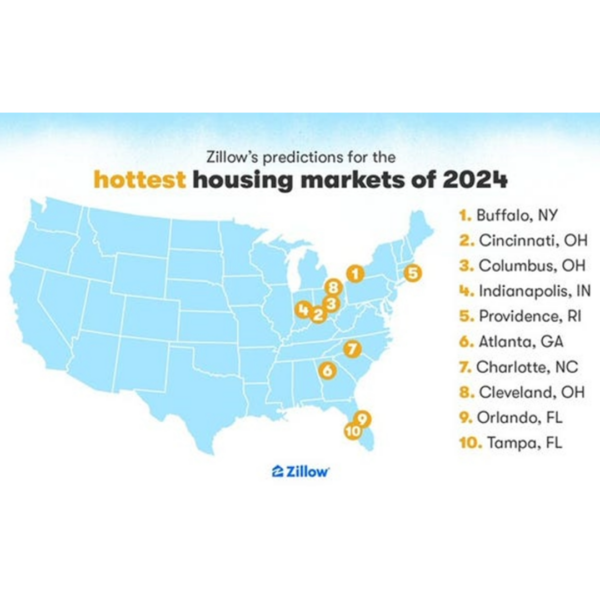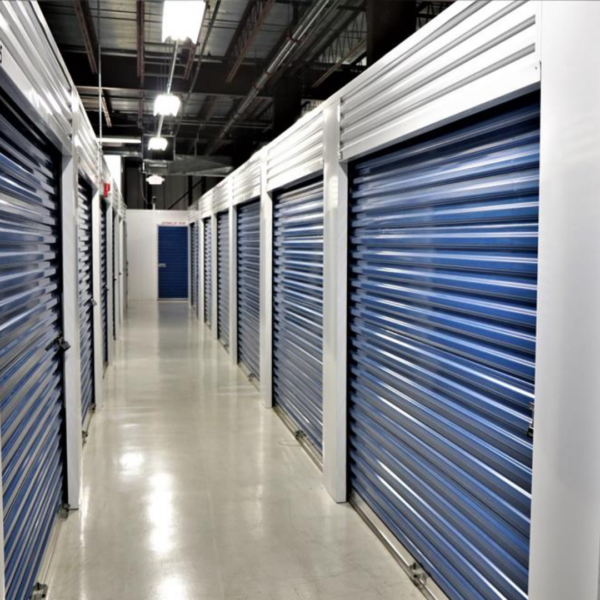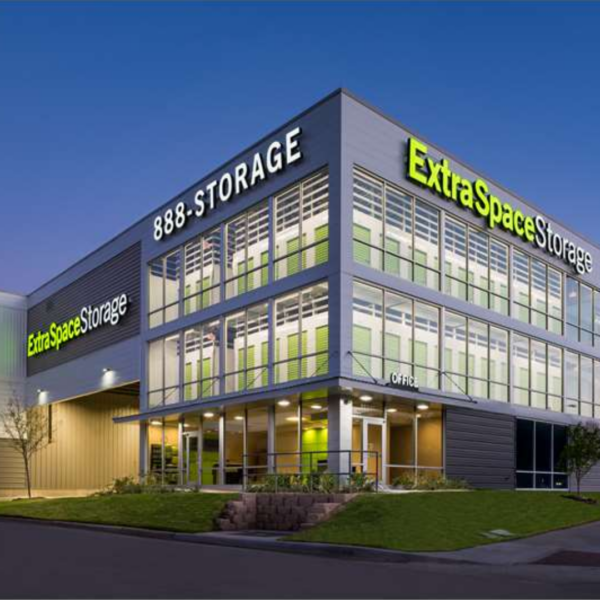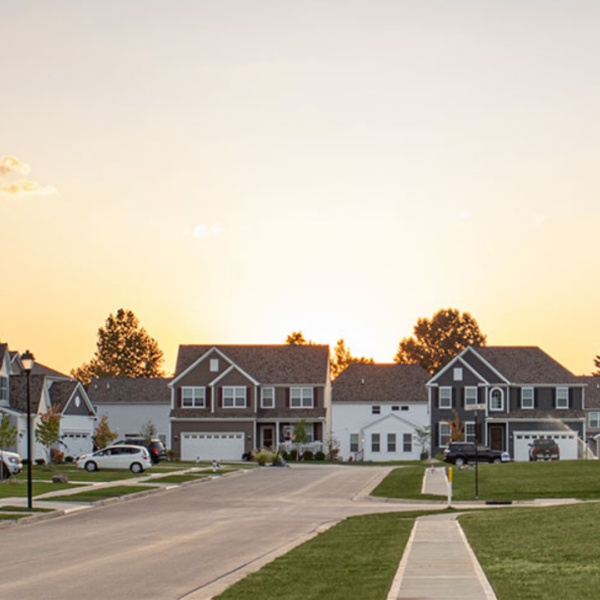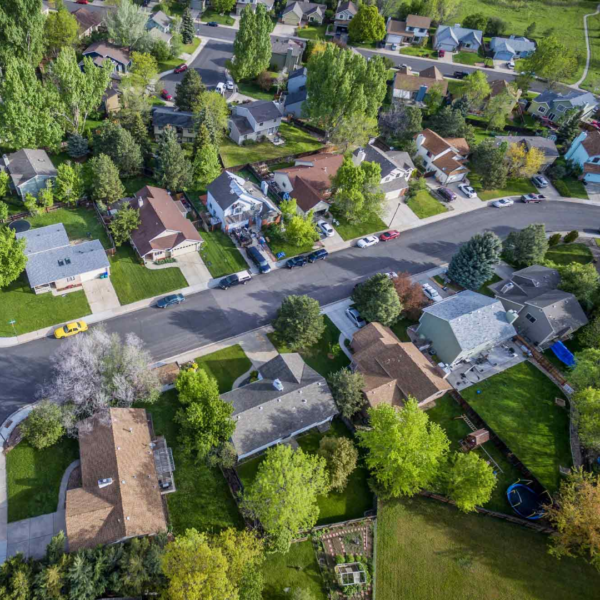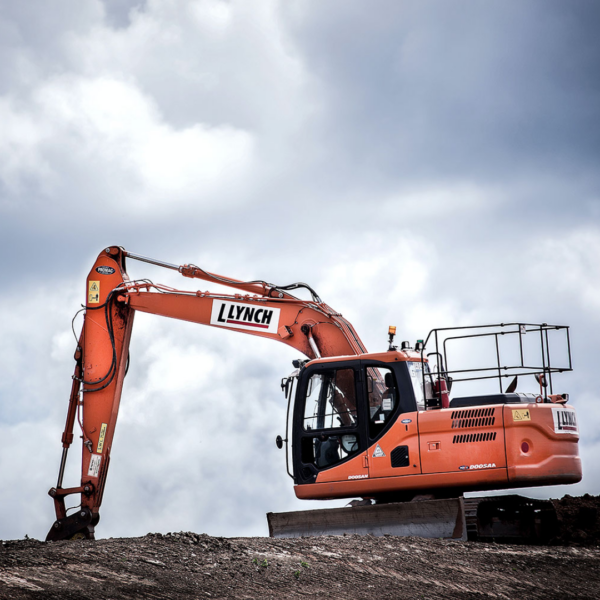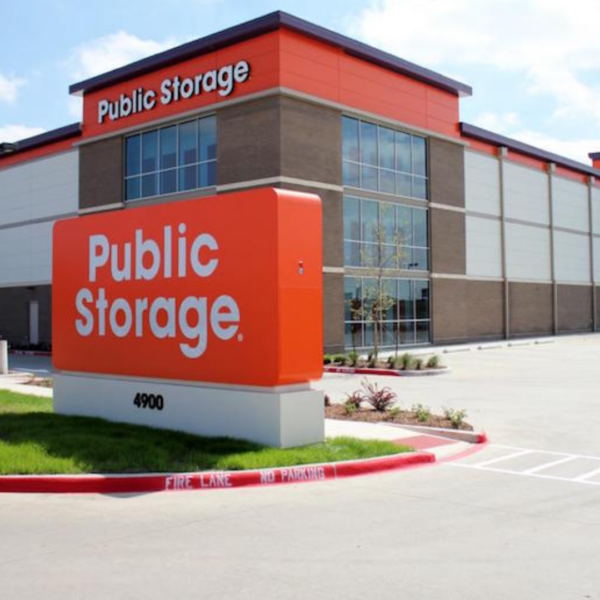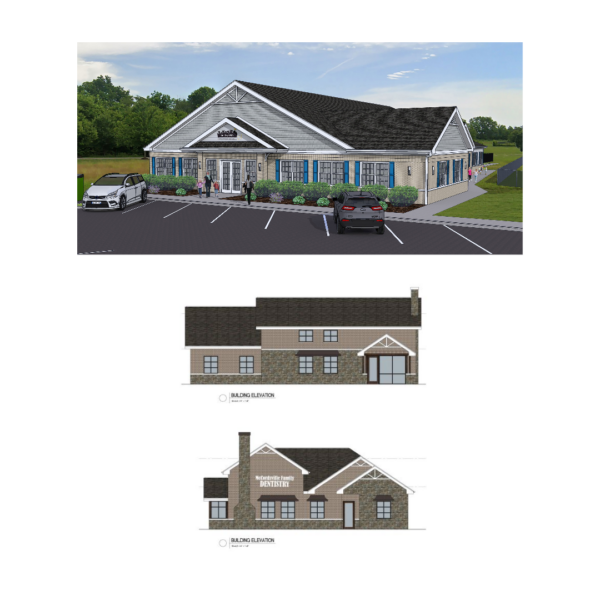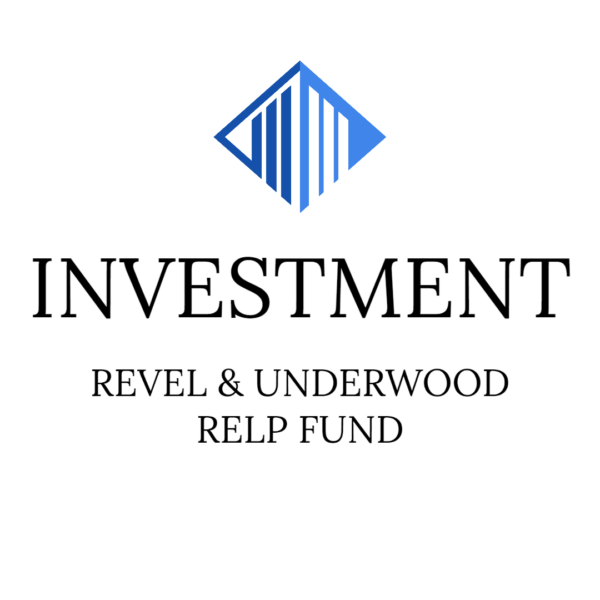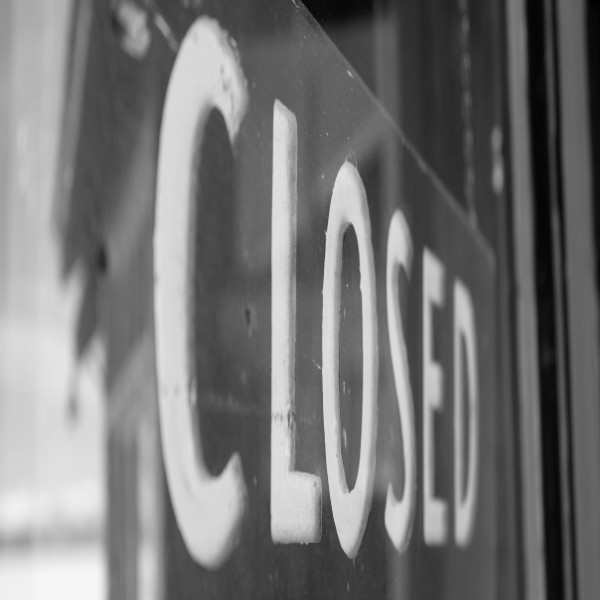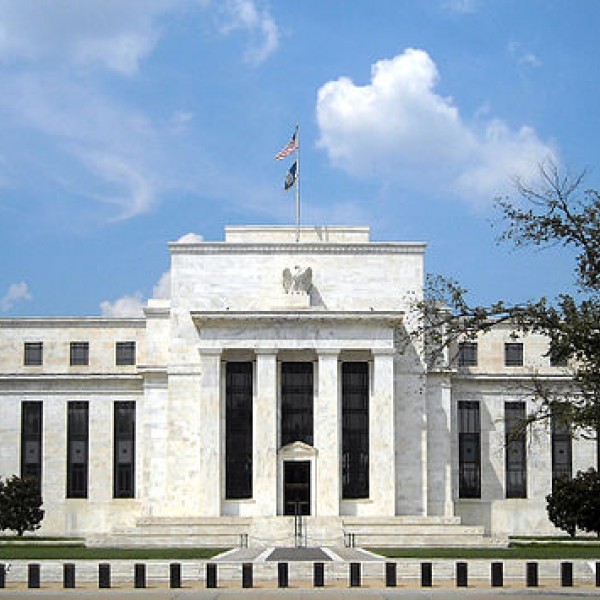RU² / March 24, 2023
The US Housing Market is Short 6.5 Million Homes
Original Article: The US Housing Market is Short 6.5 Million Homes
Washington, DC(CNN) – The United States is not building enough homes to account for the number of people setting up their own households. As a result, there is a sizable shortage of new homes after more than a decade of under-building relative to population growth, according to a new analysis from Realtor.com released Wednesday.
The gap between single-family home constructions and household formations grew to 6.5 million homes between 2012 and 2022. However, this figure overstates the housing shortage, since new multi-family homes offer options both to buyers and renters. If multi-family construction is included — which is predominantly rental units — this gap is cut to 2.3 million homes.
In the decade between 2012 and 2022, 15.6 million households were formed. During the same time period, 13.3 million housing units were started, and 11.9 million were completed. This includes 9.03 million single-family homes and 4.2 million multi-family homes. Of those, only 8.5 million single-family homes and 3.4 million multi-family homes are completed.
In the second half of 2021, single-family homes were being both started and completed at the fastest pace in the last decade. The first part of 2022 continued the previous year’s trend until mid-year, when mortgage rates surged as part of the Federal Reserve’s historic campaign to rein in inflation. The housing market felt the impact of the ascent of mortgage rates, red-hot buyer demand cooled and builders started to pull back on single-family home starts.
“Cooling buyer demand and builder confidence led to slower single-family construction and a shift in builder focus to multi-family last year,” said Hannah Jones, economic data analyst at Realtor.com.
The rate of overall housing starts slowed in 2022 while completions climbed. In 2022, roughly 1 million single-family homes were started, which is 10.6% fewer than in 2021, though still more than in any other single year back to 2012.
“While that brings greater supply to the market, most of it will be used for rentals and won’t address ongoing affordability challenges in the for-sale space,” said Jones.
Multi-family building helps, but household formation is outpacing building
Multi-family housing can ease ongoing housing affordability challenges by providing more supply for renters. But while a single-family home typically takes 7 months to complete, multi-family housing takes a lot longer, at 15 months, so it will take more time for those units to come to market.
According to the analysis, multi-family properties made up, on average, 32% of housing starts between 2012 and 2021, but grew to 35% in 2022 as mortgage rates spiked and prices in the purchase market led to a pullback in demand for single-family homes. This led builders to pivot to the multi-family market, which is dominated by rentals. Nearly all — 95% — of multi-family units started through the first three quarters of 2022 were intended to be used as rentals.
Despite this boost in multi-family building, a supply gap persists.
But in 2022, the United States saw the highest level of yearly household formations in the last decade, with 2.06 million new households, outpacing housing starts. This widened the gap between total housing starts and household formations from 1.8 million housing units between 2012 and 2021 to 2.3 million units at the end of 2022, the report found.
The gap between single-family housing starts and household formations grew from 5.5 million at the end of 2021 to 6.5 million at the end of 2022 as household formations rose and single-family home construction dropped.
This trend of underbuilding can be seen in vacancy rates, both for homeowners and rentals.
As households form and housing starts fail to keep pace, the number of homes sitting empty falls. The homeowner vacancy dropped from 2% in 2012 to 0.8% by the end of 2022. At the same time, rental vacancy rates plummeted, reaching a low of 5.6% at the end of 2021 and again in the early part of 2022, before rising slightly to 5.8% at the end of 2022, according to the report.
What needs to happen to close the housing gap?
If building and household formation were to continue at their current pace — growing household formation combined with slowing housing starts — the gap would never close.
Closing the total housing gap requires an increase in both single-family and multi-family supply to help return balance to the housing market by taking pressure off both sale and rent prices, the analysis found.
Looking only at single-family homes, the rate of housing starts would need to triple to keep up with demand and close the existing 6.5 million home gap in 3 to 4 years.
However, if the rate of total housing starts (including both single-family and multi-family building) increased by 50% from the 2022 rate to an average rate of 2.3 million housing starts per year, it would take between 2 and 3 years to close the existing 2.3 million home gap, assuming an average rate of household formations over the past decade of about 1.3 million households per year, the report found. This would take building back to levels seen in the early 1970s and some of the peak months for building in the mid-2000s.
“As inflation and mortgage rates likely soften later this year, buyers are likely to return to the market and be in search of an affordable home, and the ongoing housing supply shortage will only continue to put pressure on the market,” said Danielle Hale, Realtor.com’s chief economist.
The good news is that overall inventory levels are increasing from their pandemic lows.
“With less competition in the market from other shoppers today, some home builders are now offering prospective buyers incentives that may help some new home buyers find success in this challenging market,” said Hale.
« Previous Next »